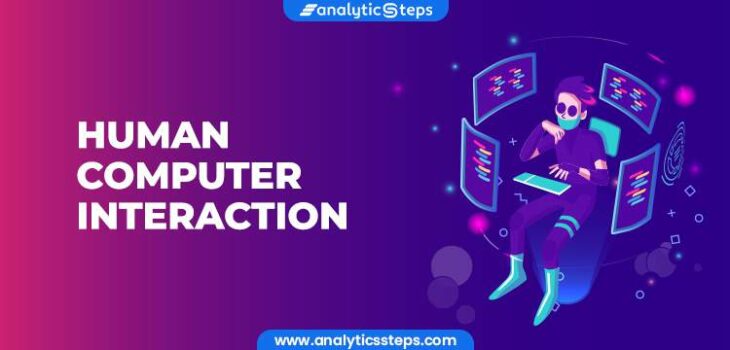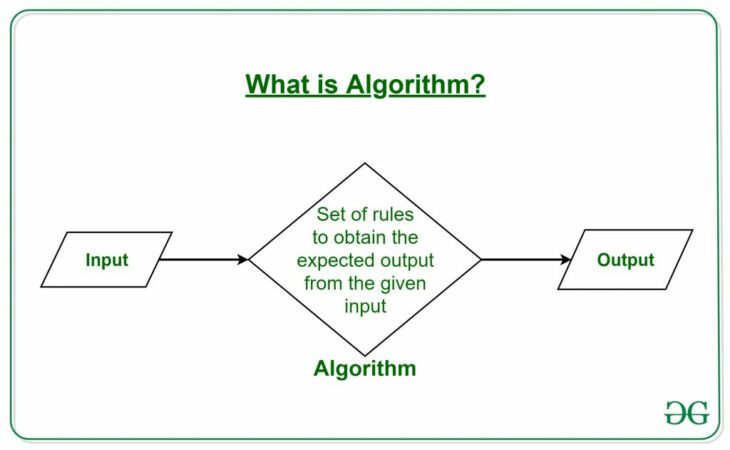Mixed reality (MR) is a type of technology that blends the real world with the digital world. It allows users to see and interact with both real and virtual objects in real time. MR is often compared to virtual reality (VR) and augmented reality (AR), but it is distinct from both of these technologies.
What is Mixed Reality?
Mixed reality is a relatively new technology, and there is no single definition that is universally agreed upon. However, most experts agree that MR is characterized by the following three features:
- Real-time interaction: MR users can interact with both real and virtual objects in real time. This means that users can move and manipulate virtual objects, and the objects will respond in real time.
- Coexistence: Real and virtual objects coexist in the same space in MR. This means that users can see both real and virtual objects at the same time, and they can interact with both types of objects.
- Transparency: MR displays are transparent, which allows users to see the real world around them while they are using the technology. This is in contrast to VR headsets, which completely block out the real world.
History of Mixed Reality
The concept of mixed reality has been around for many years, but it has only recently become a reality thanks to advances in technology. The first MR headset was developed in the early 1990s, but it was not until the late 2000s that MR began to gain widespread attention. In recent years, there has been a growing interest in MR, and a number of companies have developed MR headsets and applications.
Types of Mixed Reality
There are two main types of mixed reality:
- Passive MR: Passive MR uses transparent displays to overlay digital information on the real world. This type of MR is often used in applications such as heads-up displays (HUDs) and navigation systems.
- Active MR: Active MR uses head-mounted displays (HMDs) to create a fully immersive MR experience. This type of MR is often used in gaming, training, and education applications.
Applications of Mixed Reality
MR has a wide range of potential applications, including:
- Gaming: MR is already being used in a number of popular games, such as Microsoft’s HoloLens game Minecraft: Education Edition. MR has the potential to revolutionize the gaming industry by creating more immersive and interactive gaming experiences.
- Training: MR can be used to create realistic and interactive training environments. This can be used to train employees on new skills, such as how to operate machinery or how to perform surgery.
- Education: MR can be used to create engaging and interactive educational experiences. This can be used to teach students about different subjects, such as history, science, and math.
- Manufacturing: MR can be used to help engineers design and prototype products. This can save time and money by reducing the need for physical prototypes.
- Retail: MR can be used to help customers visualize products in their homes or businesses. This can help customers make better buying decisions.
The Future of Mixed Reality
MR is still a relatively new technology, but it has the potential to revolutionize the way we interact with the world around us. As MR technology continues to develop, we can expect to see even more innovative and exciting applications for this technology.
Here are some of the challenges and opportunities that lie ahead for mixed reality:
Challenges:
- Cost: MR headsets are still relatively expensive, which could limit their adoption.
- Compatibility: MR headsets require compatible devices and software, which could also limit their adoption.
- Content: There is currently a limited amount of MR content available, which could also limit adoption.
Opportunities:
- Enterprise: MR has the potential to revolutionize the way businesses operate. For example, MR could be used to train employees, design products, and provide customer service.
- Consumer: MR has the potential to revolutionize the way we play games, watch movies, and interact with the world around us.
- Education: MR has the potential to revolutionize the way we learn. For example, MR could be used to provide students with immersive learning experiences.
Overall, mixed reality is a promising technology with the potential to revolutionize the way we interact with the world around us. As MR technology continues to develop, we can expect to see even more innovative and exciting applications for this technology.











You must be logged in to post a comment.